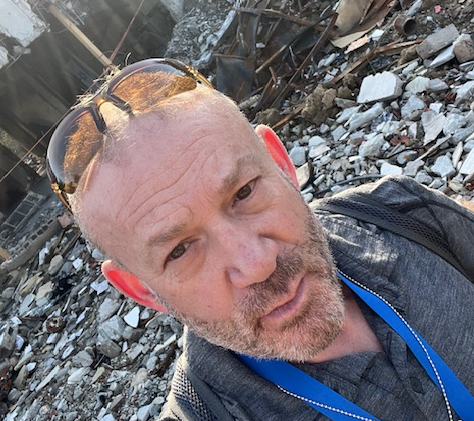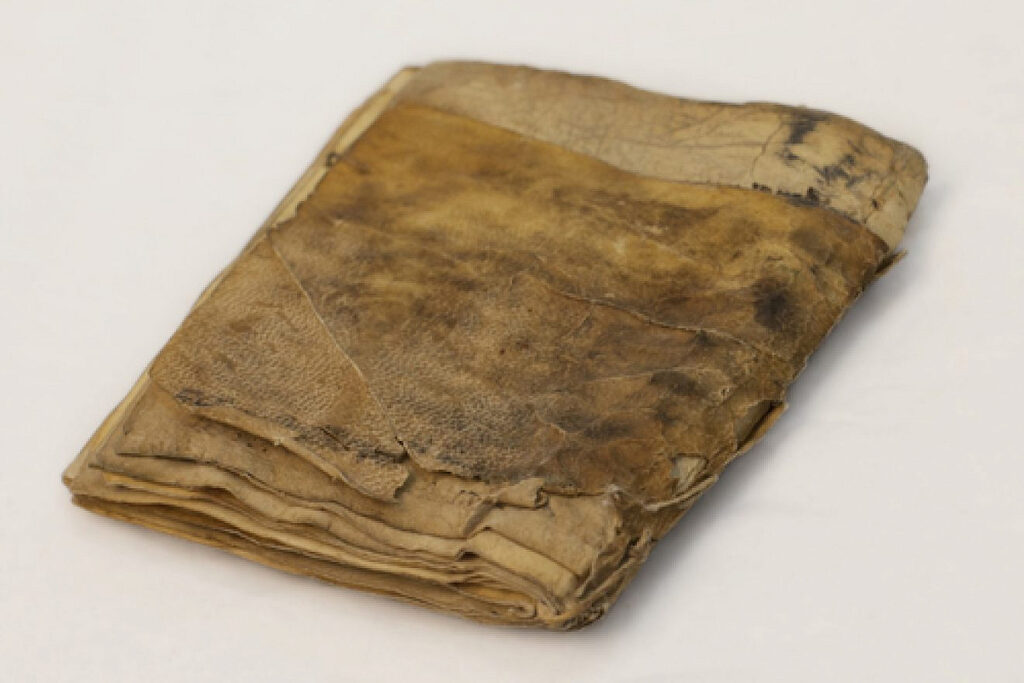
Study of Dead Sea Sediments Sheds Light on Biblical Events
Study of Dead Sea Sediments Sheds Light on Biblical Events
December 12, 2011
 The Dead Sea nearly disappeared about 120,000 years ago, say researchers who drilled more than 1,500 feet below one of the deepest parts of this salty body of water.
The Dead Sea nearly disappeared about 120,000 years ago, say researchers who drilled more than 1,500 feet below one of the deepest parts of this salty body of water.
New data from drilled deposits are also helping piece together geological history that slices through biblical times. Further research may offer opportunities to verify whether earthquakes destroyed the cities of Sodom and Gomorrah or if drought explains why Joseph brought Israelites to Egypt to escape famine.
 The new research started not as an attempt to investigate biblical events, but to understand the history of the Dead Sea, which has been drying up at dramatic rates in recent decades. And the lake’s rate of shrinking seems to be accelerating. From 2000 to 2008, levels dropped eight meters (26 feet), with another 1.5 meters (5 feet) lost in 2010 alone.
The new research started not as an attempt to investigate biblical events, but to understand the history of the Dead Sea, which has been drying up at dramatic rates in recent decades. And the lake’s rate of shrinking seems to be accelerating. From 2000 to 2008, levels dropped eight meters (26 feet), with another 1.5 meters (5 feet) lost in 2010 alone.
Scientists have long debated whether it could ever totally dry up. That debate led an international team of researchers to drill down into sediments of the Dead Sea. The cores they pulled up stretched back 200,000 years.
At a level corresponding with 120,000 years ago, during a warm period between ice ages, the researchers found a layer of small round pebbles sitting on top of 45 meters (nearly 150 feet) of thick salt deposits. Those pebbles look just like the rocks that normally appear on the lake’s beaches — suggesting that one of the deepest parts of the lake was once dry.
“That very dry period many millennia ago was much hotter than it is today,” said Prof. Jiwchar Ganor, an environment Researchal geochemist at Ben-Gurion University of the Negev. “Humidity was lower. And there was less water flowing into the lake then than there is today.”
“We can say that even without changing climate, it will continue to drop,” Ganor said. “But it will still be at a higher level than what it was in the time they found here.”
Read the whole story by Emily Sohn on msnbc>>
ABOUT AMERICANS FOR BEN-GURION UNIVERSITY
By supporting a world-class academic institution that not only nurtures the Negev, but also shares its expertise locally and globally, Americans for Ben-Gurion University engages a community of Americans who are committed to improving the world. David Ben-Gurion envisioned that Israel’s future would be forged in the Negev. The cutting-edge research carried out at Ben-Gurion University drives that vision by sustaining a desert Silicon Valley, with the “Stanford of the Negev” at its center. The Americans for Ben-Gurion University movement supports a 21st century unifying vision for Israel by rallying around BGU’s remarkable work and role as an apolitical beacon of light in the Negev desert.
About Ben-Gurion University of the Negev
Ben-Gurion University of the Negev embraces the endless potential we have as individuals and as a commonality to adapt and to thrive in changing environments. Inspired by our location in the desert, we aim to discover, to create, and to develop solutions to dynamic challenges, to pose questions that have yet to be asked, and to push beyond the boundaries of the commonly accepted and possible.
We are proud to be a central force for inclusion, diversity and innovation in Israel, and we strive to extend the Negev’s potential and our entrepreneurial spirit throughout the world. For example, the multi-disciplinary School for Sustainability and Climate Change at BGU leverages over 50 years of expertise on living and thriving in the desert into scalable solutions for people everywhere.
BGU at a glance:
20,000 students | 800 senior faculty | 3 campuses | 6 faculties: humanities & social sciences, health sciences, engineering sciences, natural sciences, business & management, and desert research.
For all press inquiries, please contact:
James Fattal, J Cubed Communications
516.289.1496



